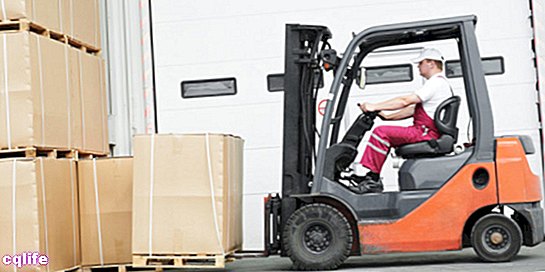We explain what force is according to physics, how it is measured and what other concepts it involves. Positive and negative work. Energy and Power.
A job involves altering the state of a moving body.What is work in physics?
In physical, is understood by job to the change in the state of movement of a body produced by a force of a given magnitude or, what is the same, will be equivalent to the Energy necessary to move it in an accelerated manner.
It is a scalar quantity represented by the symbol W (from Work, in English), expressed in units of energy, that is, in Joules (J) according to the International system. This is because it is basically an energy transit and, for the same reason, it cannot be calculated as an increase in job, nor can it be symbolized by ΔW.
So that the job occurs, there must be an applied force, a displacement product of its action, and the force must have a component along saiddisplacement.
The calculation of job will respond to various formulations by themechanics classical, relativistic orquantum.
Positive and negative work

The job It occurs, for example, when a man pushes a vehicle without fuel down the street or when a hydraulic machine lifts a heavy wooden box. To calculate it, then, the applied force (with its respective direction) and the distance traveled by the moving body must be considered.
Hence, it is possible to speak of two types of work: positive and negative.
- Positive work. It occurs when the applied force goes in the same direction as the body's displacement, producing a acceleration positive.
- Negative work. It occurs when the applied force goes in the opposite direction to the movement of the body, and can produce a negative acceleration or deceleration.
Power
Similarly, power is the relationship between the work done and the time it took to do it. It is represented by the letter P and is measured in watts (1 watt = 1 J / sec.) And responds to the formula: P = W / Δt.
That is why, for example, an adult is more powerful than a child since he can lift a certain body with more force than the child.
We measure power in Watts (which corresponds to one Joule per second, that is, one Joule is the work it takes to produce one Watt of power in one second). We must also consider the concept of efficiency within physics, which refers to performance within a process and it is obtained from the relationship between useful and invested energy. The energy that is lost forms heat in the environment.
Energy

Energy is understood as the capacity of a body or mass to carry out work after being subjected to force. It is understood that without energy it is not possible to do work.
The energy of a body is related to its speed or its position. That is why thepotential energy, which is what a body possesses when it is at a certain height with respect to a reference system, from theKinetic energy, which is the energy possessed by a body that is in motion.
The unit by which energy is measured (the same as work) is the Joule (or Joule). One Joule represents the amount of work done by a constant force of 1 Newton, over a distance of 1 meter in the same direction as the force.
It is also possible to measure energy by calories (one Joule is the same as 0.24 calories).
